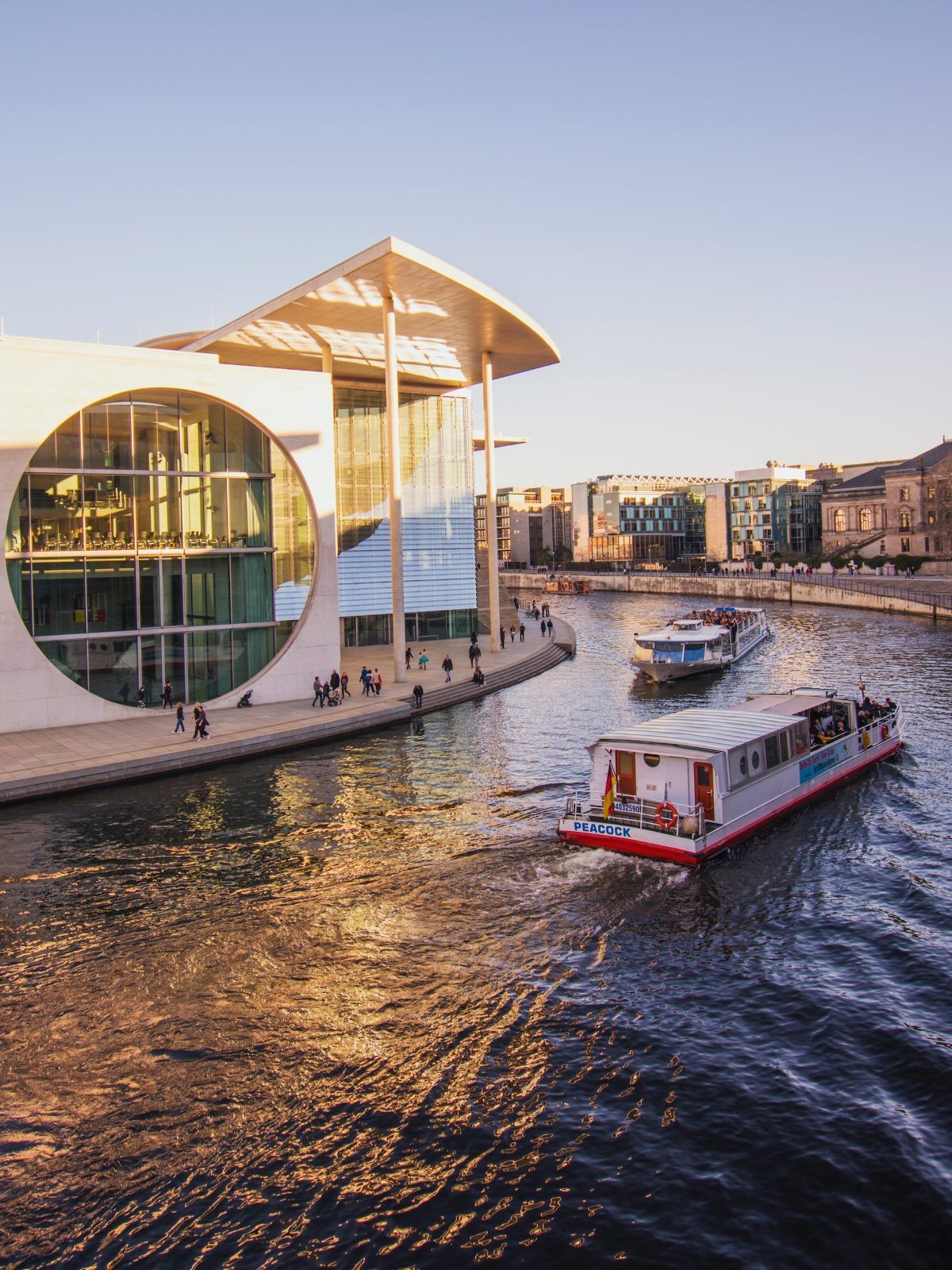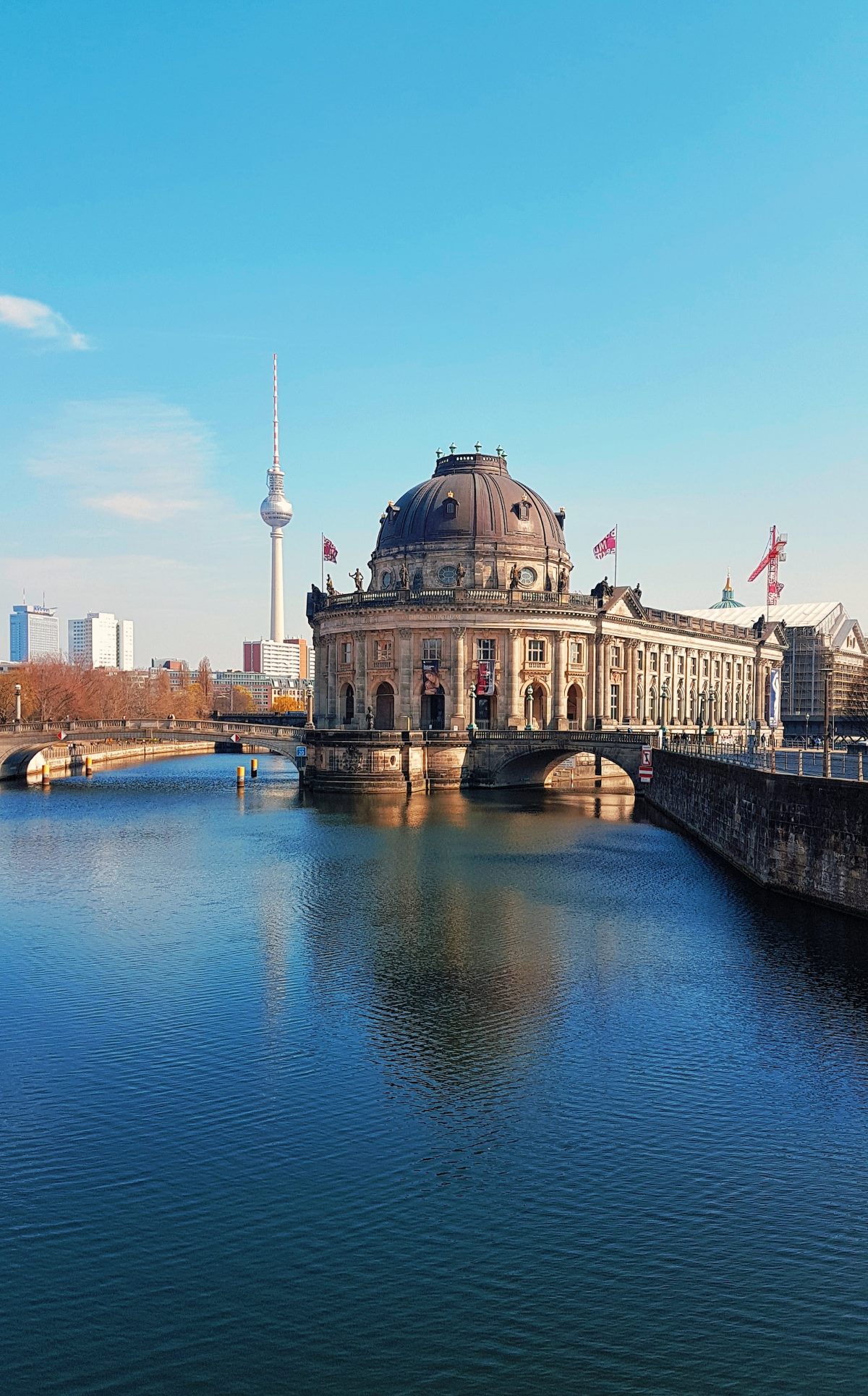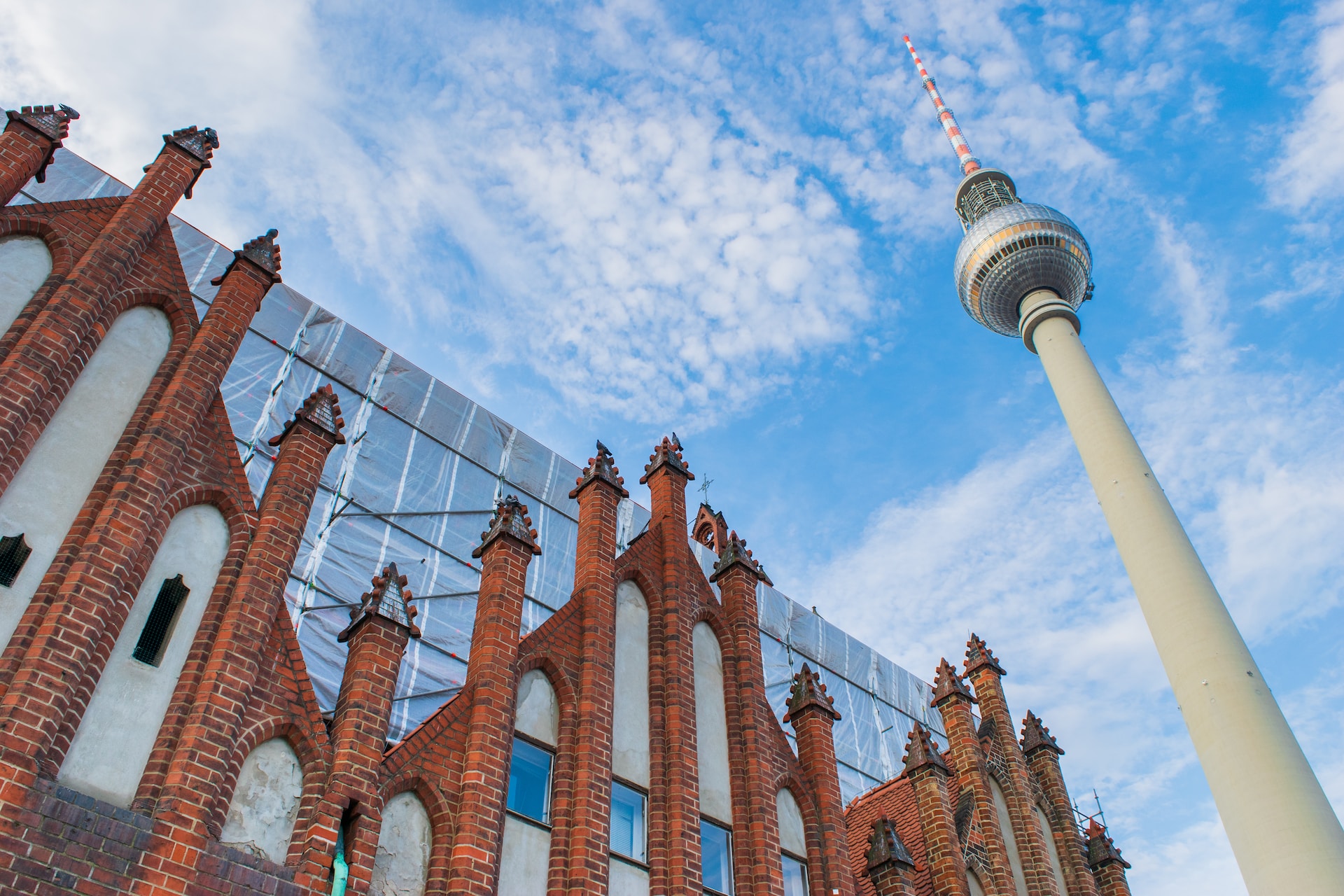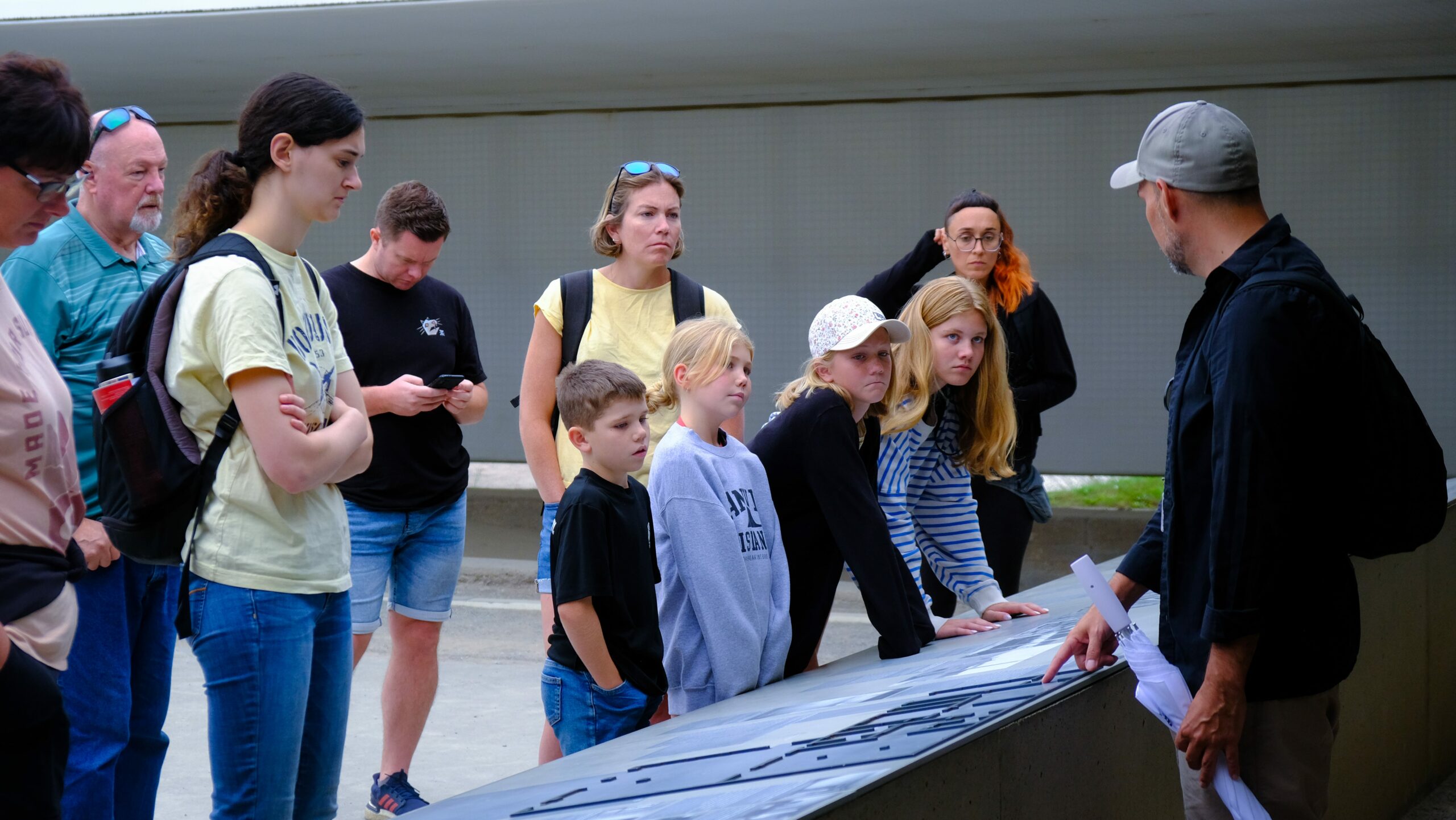History of Nazi Germany should be studied through the lens of Sachsenhausen, a former concentration camp which stood in Berlin. Sachsenhausen exists as a sobering historical site which teaches essential lessons to Berliners and travelers about WWII crimes. This essay will analyze the historical relevance together with essential elements connected to the essential lesson about human atrocities that characterized this era.
1. Historical Background
The Nazis built Sachsenhausen in 1936 as it ranked among the initial group of concentration camps during that period. Since its starting purpose to imprison political prisoners the camp grew into containing people who faced persecution because of their race religion sexual orientation and several other grounds. Sachsenhausen established numerous essential elements of modern concentration camps and educated SS personnel who went on to work at other facilities.
2. The Camp Layout
The camp designers divided Sachsenhausen into separate domains that fulfilled specific tasks. External visitors entering the camp gate saw a lie etched into the stone which read “Arbeit macht frei” (Work sets you free) as an evil deception to mislead prisoners about their prospects of liberation. The Appellplatz roll call square at the center of the camp became a symbolic location for dehumanizing prison headcounts where guards subjected prisoners to brutal treatment.
Aside from the gateway the camp territory encompassed quarters for prisoners and restraining chambers and territorial space for labor work and medical care zones. Among all areas the Station Z was the most dreadful because it contained both the gas chambers and crematoriums. A large number of innocent individuals perished in this location.
3. Daily Life in Sachsenhausen
The atrocious living situation in Sachsenhausen created conditions that were cruel to every prisoner. Any prisoner had to endure unmerciful physical work while suffering from starvation plus brutal treatment by SS watchmen. The prisoners exposed themselves to physical abuse in addition to medical research and punitive mistreatments. The true depth of courage which victims manifested demands that we grasp their everyday hardships at the camps.
4. Liberation and Memorialization
The Soviet military forces freed Sachsenhausen in April 1945. Following World War II Nazi officials joined other war criminals in the transformed camp under custodial detention. After 1961 East Germany under government direction converted Sachsenhausen into both memorial site and historical museum. The Sachsenhausen Memorial serves as a tribute which educates guests and allows visitors to contemplate the history through memorials.
The museum keeps exhibitions about how Nazi regents reached power and displays operational camp records together with stories from survivors. Guided tours run at Sachsenhausen provide visitors with deep insights into the horrible history that once unfolded at the camp.
5. The Importance of Remembering
The survival of human liberties depends on retaining living knowledge of past atrocities. The educational programs at Sachsenhausen Berlin serve the purpose of teaching both German residents and international visitors how hate will affect them when discrimination meets unregulated power systems. Knowledge of this painful heritage helps people understand why acceptance and human dignity and equality matter.
Conclusion
The Berlin Sachsenhausen facility serves as an essential historical landmark that memorializes all the terrifying events which took place under Nazi rule. The memorial and museum offer a serious and knowledge-based experience which reveals critical historical dark areas of mankind. Through welcoming these distressing realities we can build a world which embraces inclusion and compassion.
Table of Contents




